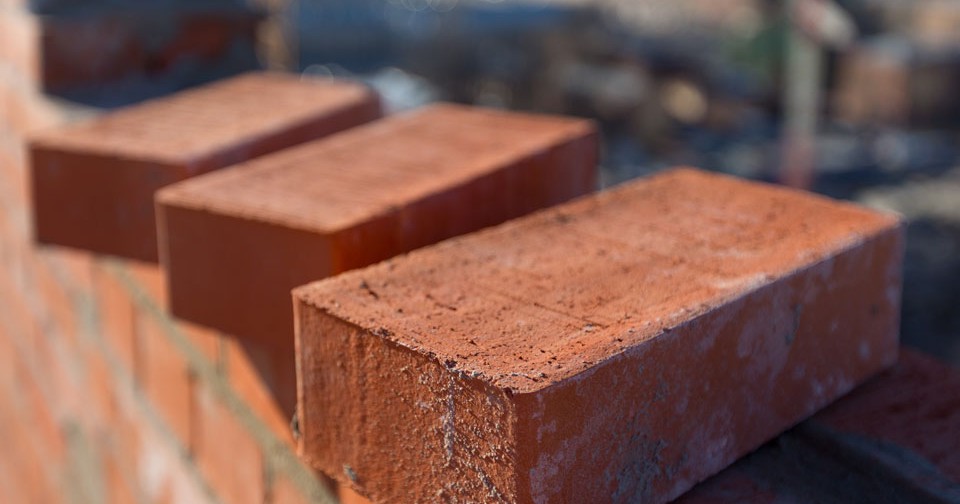The brick starts to regain lost luster in Madrid after the thunderous burst of the housing bubble. In the first eight months of the current year, the capital’s City granted licenses to build 2,741 new homes, 35% higher than the same period in 2013.
Compared to the bulky figures of the decade of boom, the numeral can not take another appellation than modest. In 2007, for example, the building of 43,395 homes were allowed throughout the region, of which a large proportion was in the capital.
Nevertheless, if one considers that in the entire municipality there are still around 200,000 empty flats, and also that almost 50,000 people were removed from the population census, the fact that cranes keep being placed is encouraging news for a sector decimated by the collapse of the housing development, both for the real estate sector, and for the local government in charge of tax — linked to economic activity — collection.
This is the way Madrid City Council spokesman Enrique Nunez takes it, as he described the details of licenses housing as “positive and optimistic”. These numbers, he explained, “confirms a trend that began in 2011″ which was hampered by the Supreme Court judgment of September of the following year, which declared illegal 22 developments until the local government managed to correct the mistakes in the planning, ten months afterwards.
4,000 MORE BESTOWALS BY YEAR-END
According to the calculations made in the Palacio de Cibeles, the pace of permit applications for the construction of new properties between January and August, could lead to a total of 4,300 bestowals by the end of the year. “In economic terms it would involve an investment of 258 million euros for the city of Madrid, and the creation of 10,750 jobs,” said the Consistory’s number two.
According to a study on the residential market in Spain, which has been published this week by the Department of Real Estate of Deloitte, the region tops the list of those provinces which will sooner recover the usual pace of housing construction, a fact that, according to Nunez, “reinforces the effort of the Municipality of the capital to implement policies aimed at reactivating the economic activity.”
“This same report indicates that Madrid is not among the cities with the highest rate of effort, ie, the percentage of household income devoted to mortgage payment. All these indicators show a sharp upturn in the real estate sector in the city, which is slowly moving away from the worst figures obtained during the crisis”, as remarked by Ana Botella’s — the current mayor — team.
What has not recovered, so far, is the main role of free housing: Traditionally, three of them per each public housing flat were built, but now those percentages have practically reversed in Madrid. According to municipal data collected so far this year, only 46 out of 54 applications for licenses for the construction of houses with some form of public subsidy ask for types that are accessible to all kinds of buyers.
Another recent report, prepared by the Institute of Economic Studies, linked to the Association of Real Estate in Madrid (Asprima), predicts that there will still be drops in house prices of between 5% and 10% this year and next year, but in 2016 they will again take the path of ascent.
The square meter of private housing came to be paid, on average, at 4,275 euros in Madrid city in 2007. According to the latest statistics from the Ministry of Public Works, for the first quarter of 2014, the cost had been reduced by almost half (2,375 euros).
Source: El Mundo
